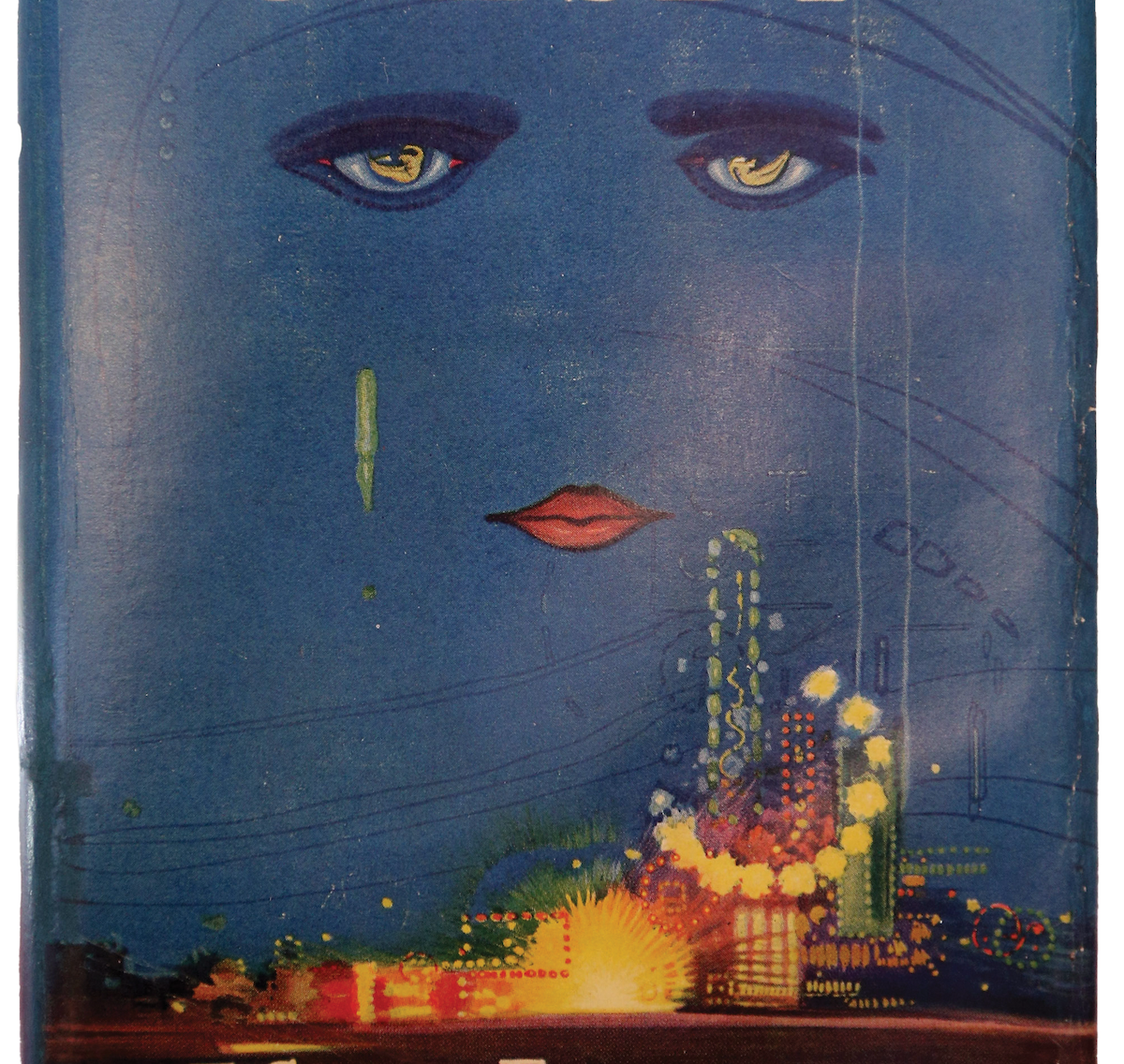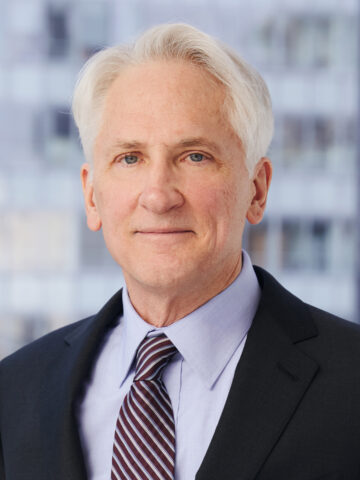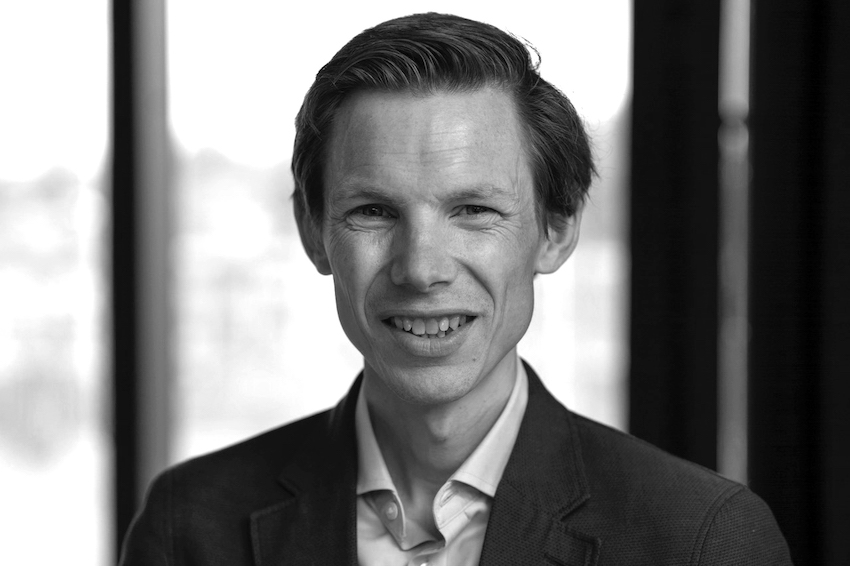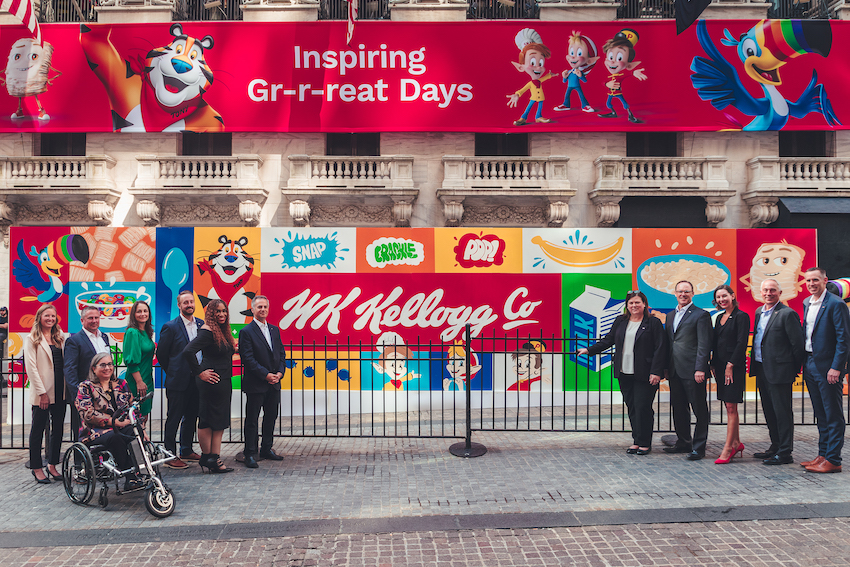In Gatsby, the beauty of the American Dream competes successfully with the mendacity of it, perhaps because Gatsby’s ugly fate is no match for the narrator’s poetic ode to the American Dream.
In the half century since the first known usage of “Gatsbyesque” (a word now found in Merriam-Webster), Jay Gatsby has come to symbolize high society. His name can be found anywhere marketers want to evoke a sense of privilege, exclusivity and sophistication. “It’s now possible to lounge on a Gatsby sofa, check in at the Gatsby hotel,” noted a 2021 BBC article.
In the months ahead, expect an explosion of Gatsbyesque glitz, glamour and champagne fountains, for 2025 will mark the 100th anniversary of the publication of The Great Gatsby, regarded by many scholars and readers as the Great American Novel. A staple of high school literature classes since about 1960, Gatsby is one of the world’s best-read and most influential works of art, even if its meaning isn’t clear to everybody—or maybe anybody. “Of all the reviews, even the most enthusiastic, not one had the slightest idea what the book was about,” Fitzgerald wrote to a friend shortly after its publication.
A century later, that confusion persists, as evidenced by the titular character’s turn as the face of wealth, glamour and sophistication. Gatsby is a working-class college dropout who, even after gaining a massive fortune, fails to win acceptance among to-the-manor-born Ivy Leaguers. His tragic end left seemingly no stain upon the American Dream.
Fitzgerald once wrote, “The test of a first-rate intelligence is the ability to hold two opposing ideas in the mind at the same time, and still retain the ability to function.” In Gatsby, the beauty of the American Dream competes successfully with the mendacity of it, perhaps because Gatsby’s ugly fate is no match for the narrator’s poetic ode to the American Dream.
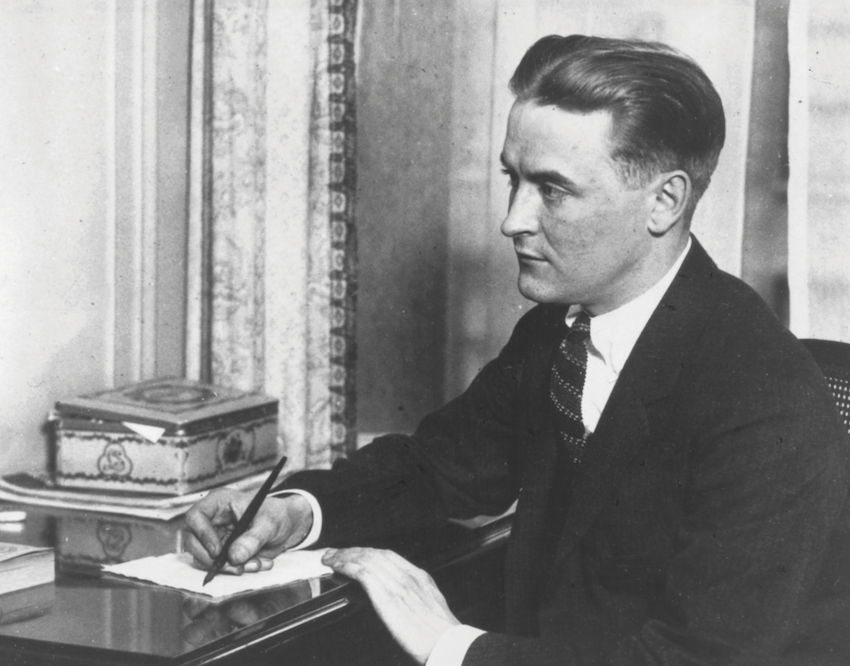
Born in St. Paul, Minnesota, Fitzgerald became famous as a chronicler of the Jazz Age.
“As the moon rose higher the inessential houses began to melt away until gradually I became aware of the old island here that flowered once for Dutch sailors’ eyes. Its vanished trees, the trees that had made way for Gatsby’s house, had once pandered in whispers to the last and greatest of all human dreams; for a transitory enchanted moment man must have held his breath in the presence of this continent, compelled into an aesthetic contemplation he neither understood nor desired, face to face for the last time in history with something commensurate to his capacity for wonder.”
At the time of Fitzgerald’s death, at age 44, a modest second printing of the book sat in warehouses. It was a financial failure. The transformation started four years later, toward the end of World War II, when the US Military sent about 150,000 paperback copies to its men in Europe. From that moment, scholars say, Gatsby began its long ascent as a novel about the American Dream.
After the 2008 financial crisis, however, Fitzgerald’s “opposing” idea gained prominence. Economists developed something called the “Great Gatsby Curve,” showing income inequality to be associated with limited class mobility. Further associating the novel with inequality, a 2014 report from the Centre for Economic Policy Research said, “The share of wealth held by the top 0.1 percent of families is now almost as high as in the late 1920s, when The Great Gatsby defined an era that rested on the inherited fortunes of the robber barons of the Gilded Age.”
In a 2020 academic journal article, William Cain, a Wellesley College literary scholar, finds disturbing resemblances between the current decade and Fitzgerald’s 1920s. Fitzgerald, he argues, would not have been surprised by the pandemic’s disproportionate effect on the poor, or by the murder of George Floyd.
The Great Gatsby, wrote Cain, “gives us a vivid depiction of and insight into income inequality as it existed in the 1920s and, by extension, as it exists today, when the American Dream is even more limited to the fortunate few.”
More from this issue

Transformation
Most read from this issue
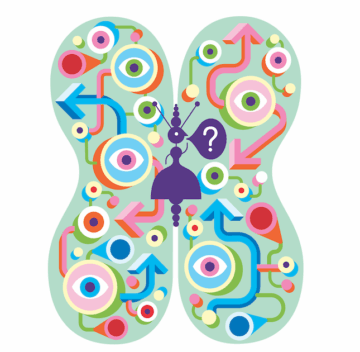
Transformation of Search

